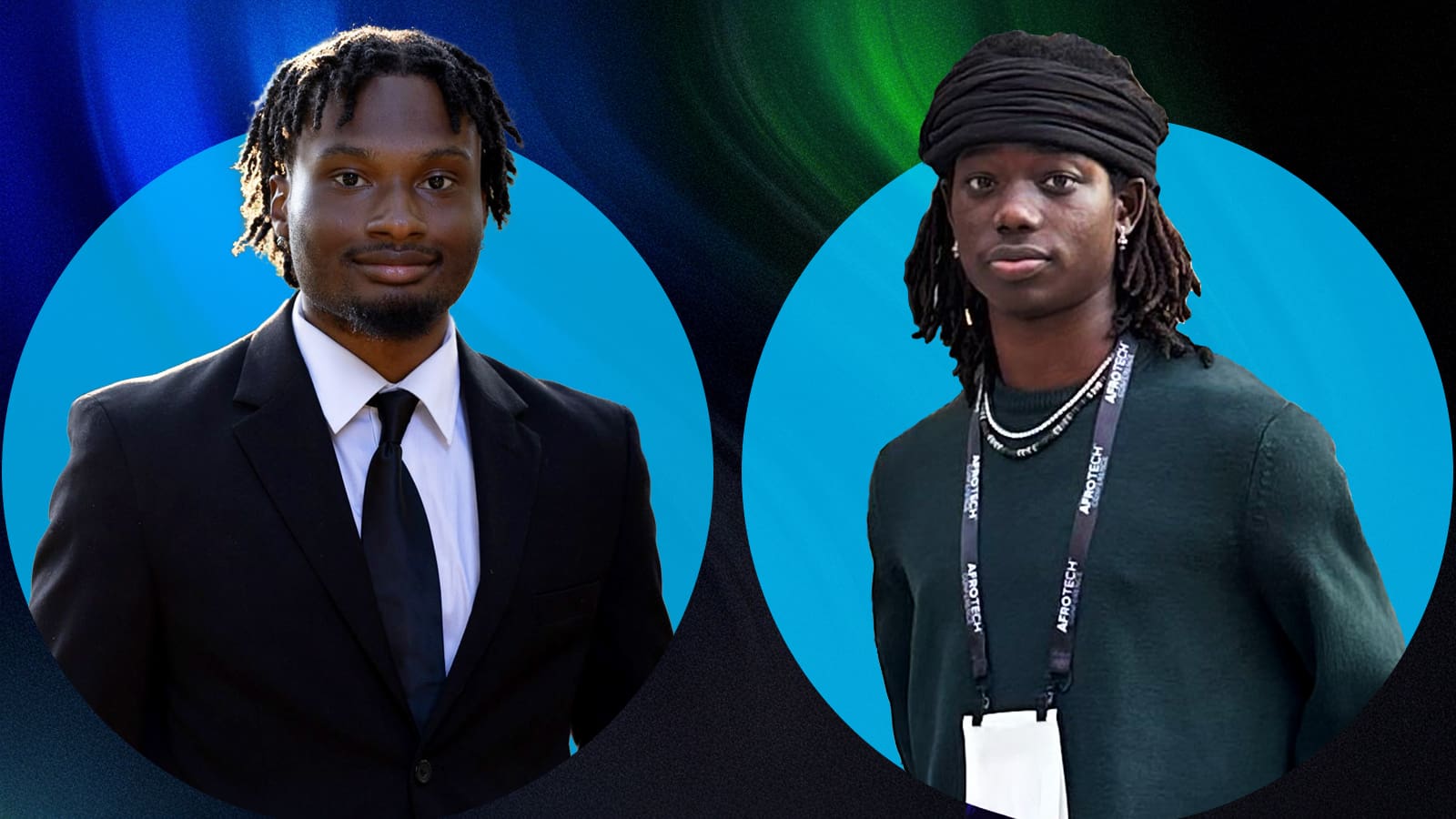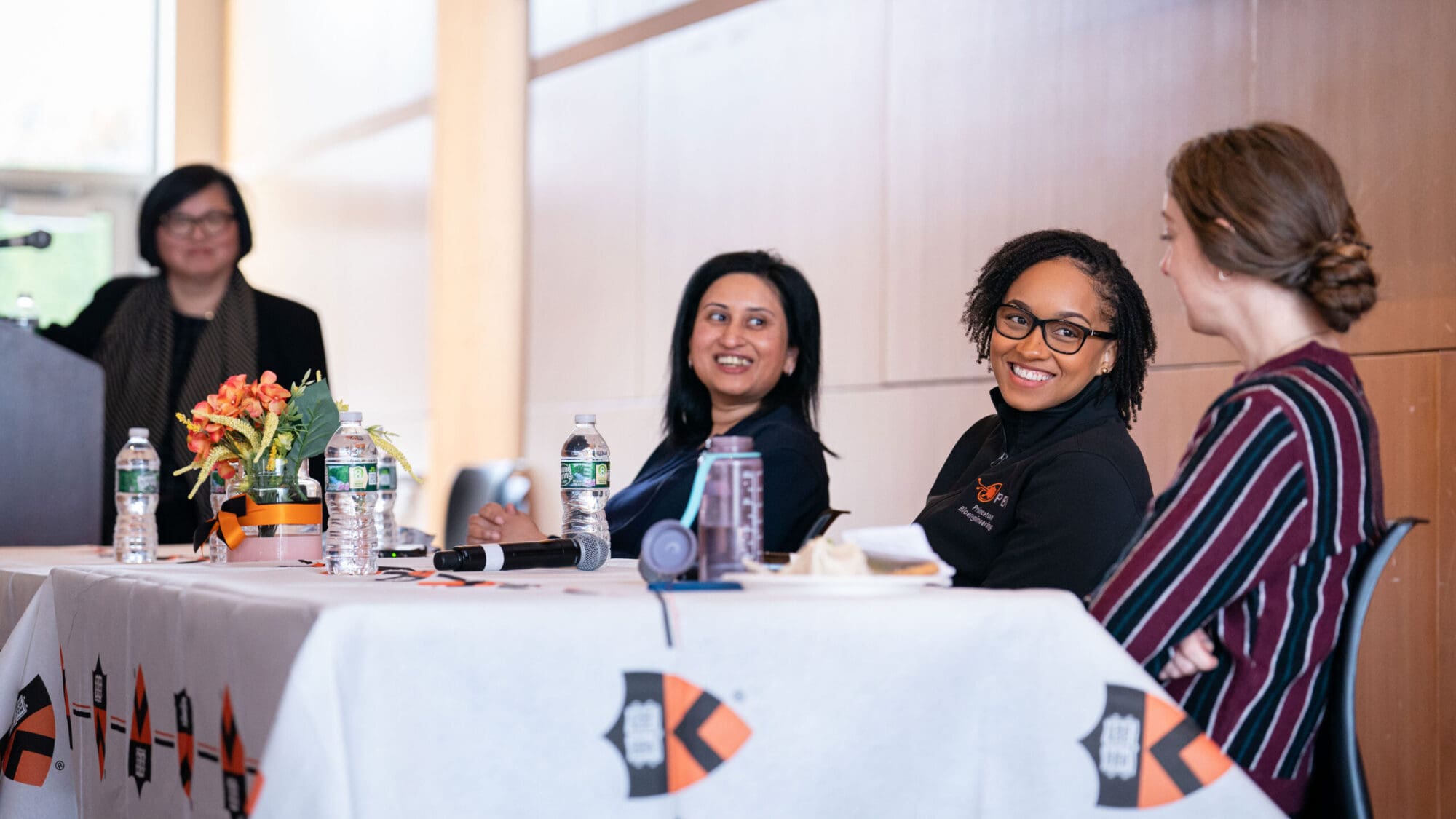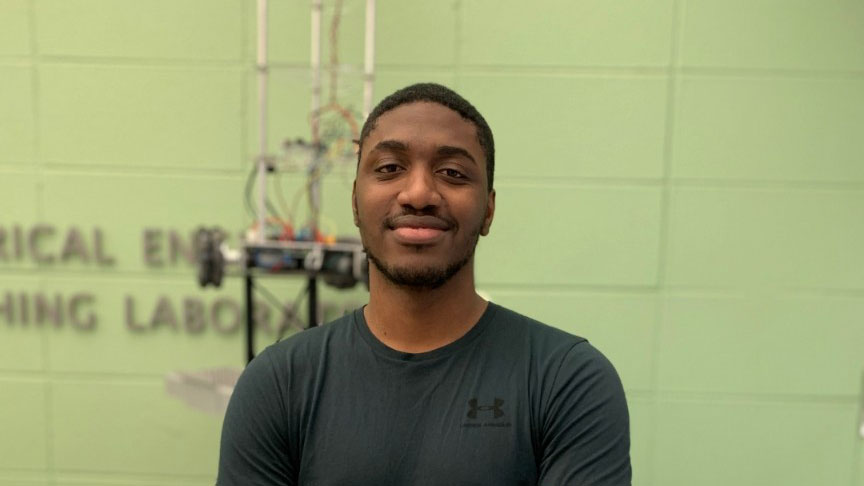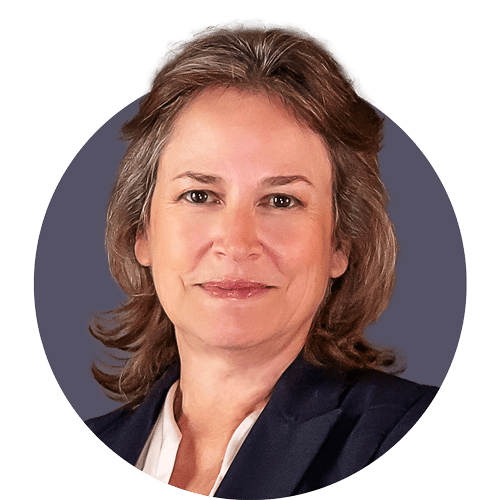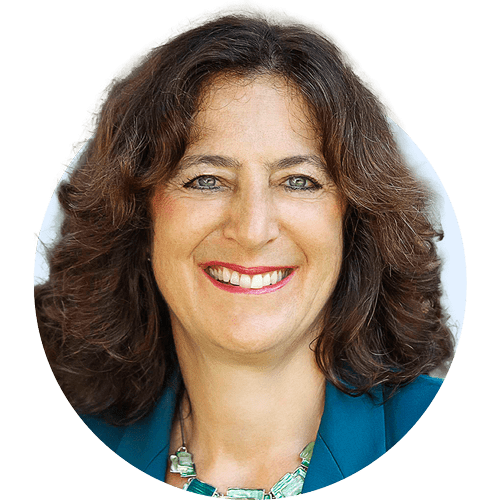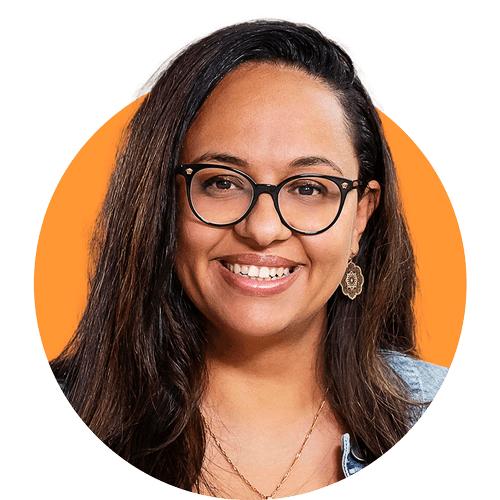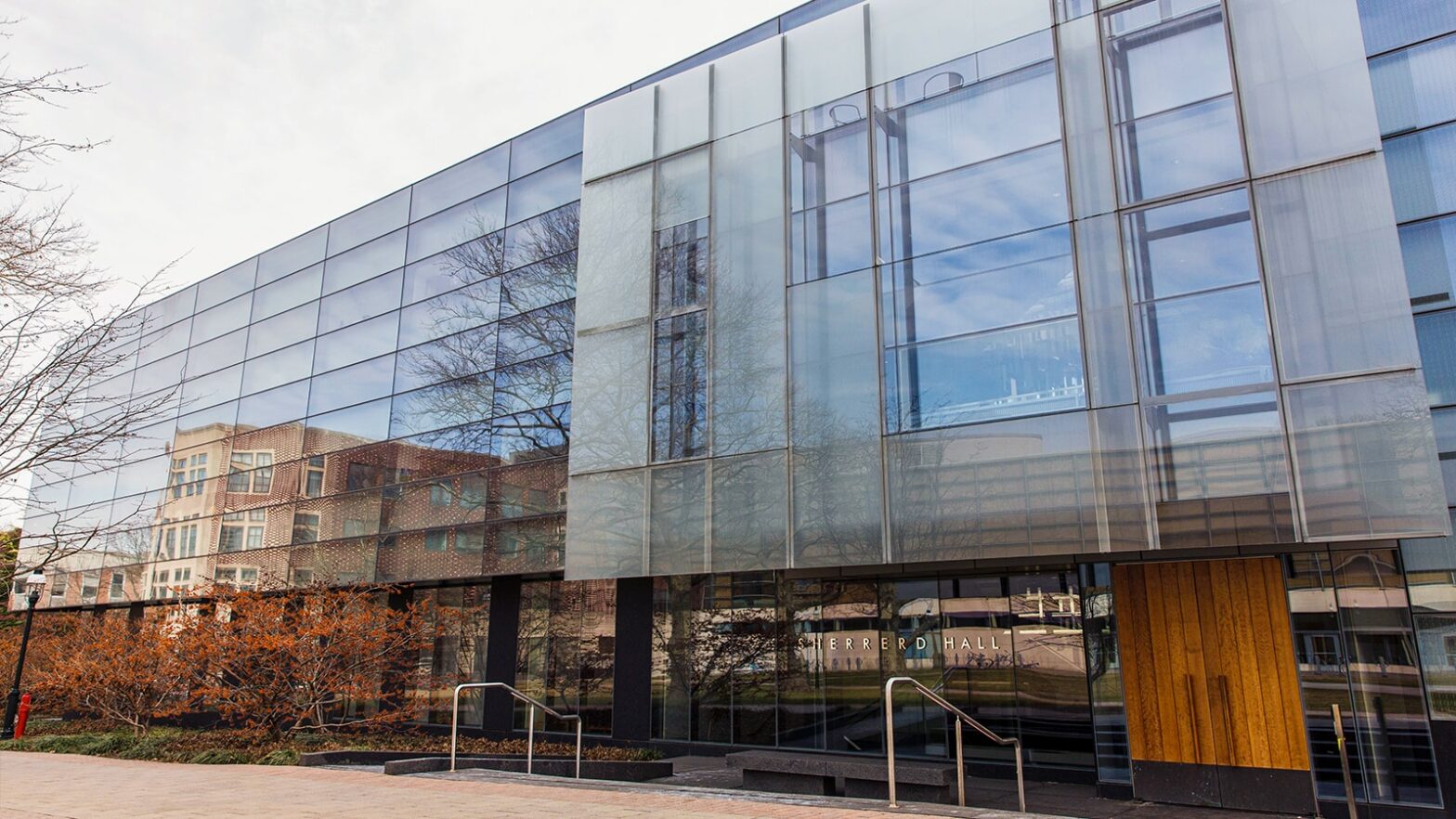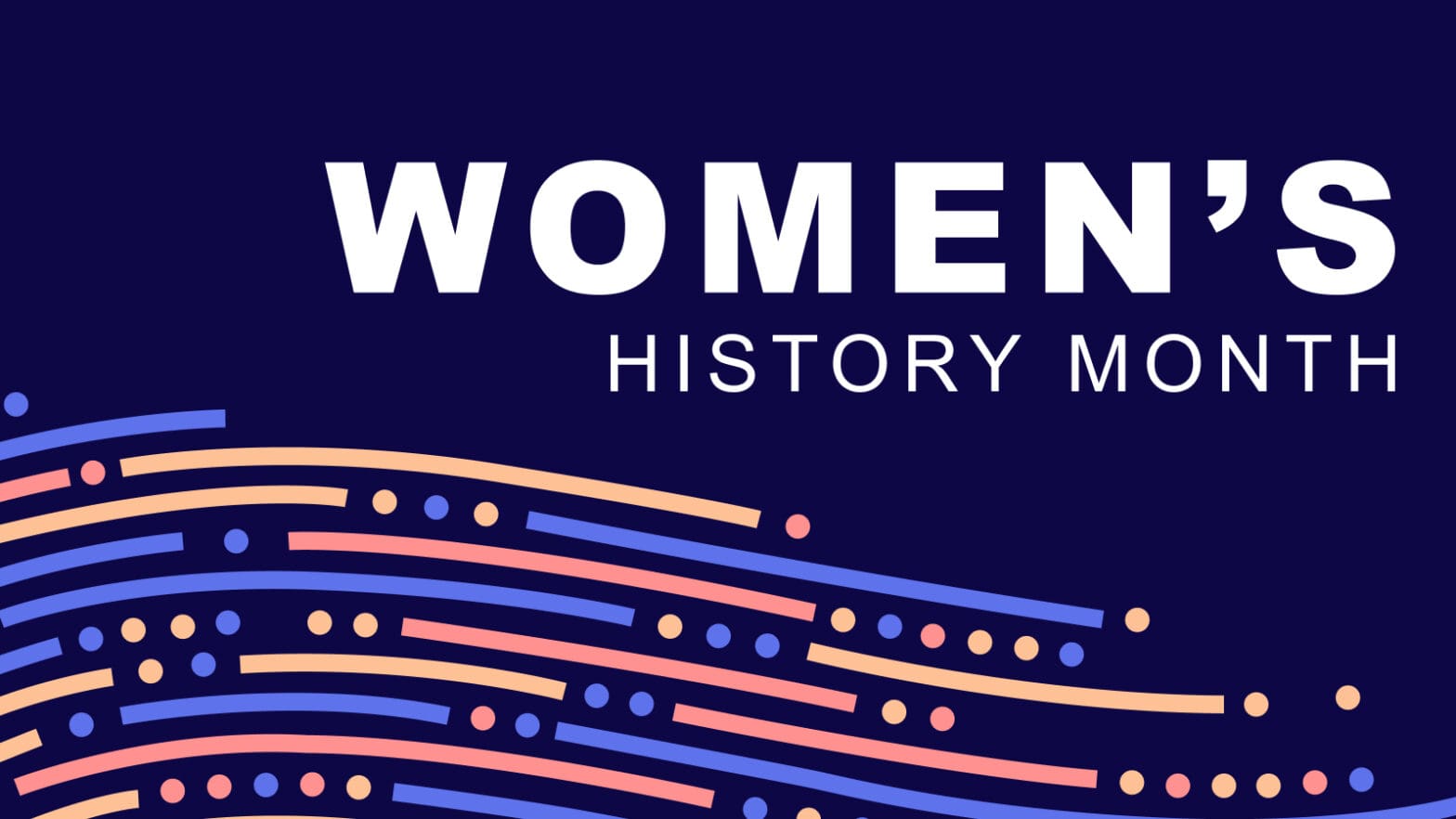
Princeton Engineering celebrates Women’s History Month
By
on
This is from the series Women’s History Month
For more stories like those in the posts below, follow us on Instagram.
In celebration of the 100th anniversary of the first academic year of the School of Engineering and Applied Science, we are sharing a collection of facts, stories and perspectives focused on pioneering women. Our series features early women faculty members, including computer scientist Andrea LaPaugh, the first woman to earn tenure at Princeton Engineering; and Patricia Falcone ’74, the first female undergraduate to enter Princeton’s B.S.E. program, now the deputy director for science and technology at @livermore_lab.
Among the first female graduate students at Princeton Engineering were twin sisters Larisse and Josette Rosentweig of France; Josette is now a senior research scientist at @nasajpl, and has sponsored a Princeton scholarship in her sister’s memory. Prominent alumnae include Frances Arnold ’79 (pictured here in 2018 with Claire Orare, CBE ’21), who won the Nobel Prize in Chemistry in 2018 for pioneering the use of directed evolution to design new enzymes; and Lisa P. Jackson *86, former @epagov administrator and current vice president of environment, policy and social initiatives for @apple.
We also celebrate the women who have served as deans of engineering: Maria Klawe, now president of @harvey_mudd; Emily Carter, who recently returned to @princeton as the Gerhard R. Andlinger Professor in Energy and the Environment; and current dean Andrea Goldsmith, the Arthur LeGrand Doty Professor of Electrical Engineering. Read more here from our posts sharing stories and accomplishments of women alumni, faculty and students. #PrincetonE100 #princetonengineering #womeninstem #womenshistorymonth
When Xanthippi Markenscoff *74 came to Princeton from Greece in 1970, she was among a handful of the first women graduate students in engineering. (This photo from the 1970s shows Markenscoff, at left, with fellow Ph.D. student Genevieve Segol *74.) Markenscoff earned a Ph.D. in civil engineering, and received a Wallace Memorial Fellowship in Engineering during her final year of study. Living in the Graduate College, she said, “I met the most wonderful collection of people … there were many women studying the humanities, arts and political science, and I was interested in those subjects as well. It was a very diverse environment intellectually, with people from different disciplines and from different countries. I could not have imagined this environment before I came to Princeton, and it enriched my life, both at the academic level and in my growing to become a citizen of the world.”
Markenscoff’s research investigated the vibrations of crystal plates used for satellite communications — an area closely tied to aerospace engineering and applied mathematics. “The boundaries [between disciplines] were very flexible” at Princeton, said Markenscoff, now a distinguished professor in the Department of Mechanical and Aerospace Engineering at the University of California-San Diego.
In 2021, she published work that combined mathematical physics and mechanics to explain the sources of seismic waves caused by deep-focus earthquakes, which originate between 400 and 700 kilometers below the Earth’s surface. High pressures at these depths cause olivine rock to condense into spinel, much as coal can be transformed into diamond. Markenscoff’s work revealed the mechanics of this transformation, which grows in a pancake-like disk, rather than a sphere as previously thought. These mechanics explain the shear seismic waves that reach the Earth’s surface. This was the first time in Markenscoff’s career that she had applied her skills to understand a natural phenomenon. “I feel like I have bonded to nature. I have discovered the beauty of how nature works,” she said in a UCSD news release. #princetonengineering #ucsdengineering #womeninstem #womenshistorymonth @princetongradlife
#PrincetonEngineers: “I wanted to attend Princeton for multiple reasons. The first one is the high quality of research. The second one is that I believed a Ph.D. from Princeton would open doors for me after graduation, both in industry and in academia. Right now, I am in my last year of (my) Ph.D., and I can confirm this is correct. My other reason was that I wanted to spend five years of my life in a nice and safe location. And since the first time I arrived, I have always felt like I am home here. My research uses game theory and machine learning tools to find optimal policies for a large number of agents that decide individually to optimize their own goals. These agents can be people, companies, robots, etc. I focus on large groups of people and real-life problems, such as finding optimal carbon tax levels for electricity producers or finding optimal social distancing measures to mitigate an epidemic. Since people cannot be directly controlled and behave individually, I use game theoretical approaches in problem modeling, and to solve complex models that capture reality better, I use machine learning tools.
While at Princeton, I participated in the ReMatch program at @princetonour for two reasons: first, to gain some experience mentoring students, because I have been planning to continue my academic career. Second, as an undergraduate, I wanted to get involved with research, but my institution didn’t have these types of opportunities. Therefore, I thought this would be very beneficial for undergraduate students, and I wanted to be a part of it. I learned in that program how to communicate complex ideas in a simplified way to attract the attention of students. I also tried to mentor them to help in their academic lives and possible career paths.
Now, I am planning to start a tenure-track job at the @illinois1867 after a one-year visiting position at @columbia. The ReMatch program helped me to be more confident in communicating with students and mentoring them to discover their desired career paths.” – Gökçe Dayanıklı, Ph.D. candidate, operations research and financial engineering
#mentorship #womeninstem #womenshistorymonth
#PrincetonEngineers: “I’ve always wanted to be an engineer. My father studied mechanical engineering and materials science, and he used to teach me about cars and plastics. He and my mother always encouraged me to explore how things work. I decided to study aerospace engineering because of my love of flight and space. I’ve wanted to build the rocket that finally puts humans on Mars for as long as I can remember. Princeton has a joint mechanical and aerospace engineering program and many opportunities for engineers to explore their interests. During my first year I was able to work with Professor Anirudha Majumdar in the Intelligent Robot Motion Laboratory.
I cofounded Princeton’s Women of Aeronautics and Astronautics (@PWAA) chapter to have a community of aviation and space enthusiasts that was not limited to aerospace engineering students. We have spread awareness about important women in aviation and space history through our social media account and internal club communications. We also share research, fellowship and internship opportunities with our members.
My internship at @spacex last summer was a dream come true. For a small girl in Nigeria who fell in love with aviation and space during her flight to America, to be able to work at the forefront of interplanetary space travel was otherworldly. I worked with the hydraulics and flap systems on SN20, one of the next-generation vehicles in the Starship program. I was able to learn more about engineering and production than I could have learned anywhere else.
After Princeton, I hope to continue my education. I would love to continue working on vehicles going to Mars. While many of my aspirations involve work amongst the stars, there is still so much that I want to do here on Earth. I am very interested in engineering design, and I hope to create a more inclusive, accessible, and sustainable future for us all. Engineering design is not just limited to math or physics or CAD models. To design things that people interact with every day is to design people’s decision making processes and the way that society operates. – Naomi Oke ’23 #womeninstem #womenshistorymonth
#PrincetonEngineers: Aimy Wissa joined the Princeton faculty in Jan. 2022 as an assistant professor of mechanical and aerospace engineering. Her Bio-Inspired Adaptive Morphology (BAM) Laboratory designs, models and builds adaptive structures and systems for robotic applications — including features inspired by the locomotive abilities of birds, insects and flying fish.
“When I was doing my Ph.D., the idea of being an academic came up, but it was really scary because there weren’t a lot of women professors. In undergrad, I only had one woman professor in all four years. All my other classes were taught by men. Many of them were great professors and were instrumental in me being here today. But it’s really hard to envision a career path where you don’t see people that look like you. In graduate school, I started going to conferences where I met women professors, and they were the reason I thought this could actually work for me.
Now I’m very adamant about creating an inclusive lab, with both men and women, and diverse in every way, including technical backgrounds and interests, because that’s how creativity happens. One way I help my mentees is to show them all the different career path options and train them to know that they have unlimited possibilities. When they’re close to graduation, I’ll say ‘Let’s get a piece of paper and write what your dream day would look like.’ Then, little by little, we work together to make them see they can definitely have all that.
A big part of what we do in the lab is going to conferences, not just with the goal of disseminating our technical work, but to build students’ networks. What’s really important is that they leave their Ph.D. not just with a degree or being an expert in something, which is great, but knowing that they can carve any path they want, and they have a network of supporters who want them to be successful and faith that they can also help others.” #princetonengineering #mentorship #womeninstem #womenshistorymonth
